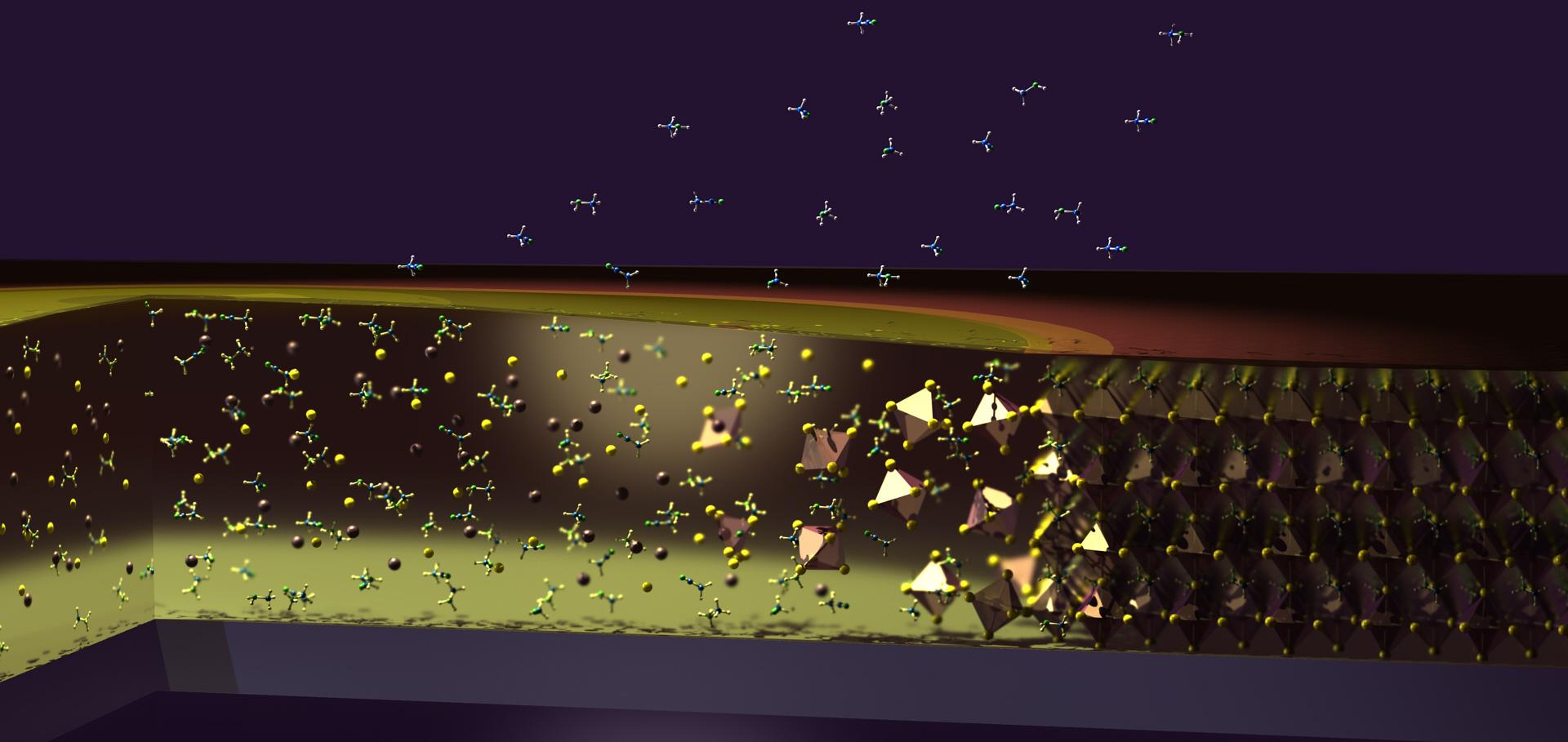Elucidating the long-range charge carrier mobility in metal halide perovskite thin films
(2018)
Elucidating the long-range charge carrier mobility in metal halide perovskite thin films
Energy and Environmental Science Royal Society of Chemistry 12:1 (2018) 169-176
Abstract:
Many optoelectronic properties have been reported for lead halide perovskite polycrystalline films. However, ambiguities in the evaluation of these properties remain, especially for long-range lateral charge transport, where ionic conduction can complicate interpretation of data. Here we demonstrate a new technique to measure the long-range charge carrier mobility in such materials. We combine quasi-steady-state photo-conductivity measurements (electrical probe) with photo-induced transmission and reflection measurements (optical probe) to simultaneously evaluate the conductivity and charge carrier density. With this knowledge we determine the lateral mobility to be ∼2 cm2 V−1 s−1 for CH3NH3PbI3 (MAPbI3) polycrystalline perovskite films prepared from the acetonitrile/methylamine solvent system. Furthermore, we present significant differences in long-range charge carrier mobilities, from 2.2 to 0.2 cm2 V−1 s−1, between films of contemporary perovskite compositions prepared via different fabrication processes, including solution and vapour phase deposition techniques. Arguably, our work provides the first accurate evaluation of the long-range lateral charge carrier mobility in lead halide perovskite films, with charge carrier density in the range typically achieved under photovoltaic operation.Hysteresis Index: A Figure without Merit for Quantifying Hysteresis in Perovskite Solar Cells
ACS Energy Letters American Chemical Society (ACS) 3:10 (2018) 2472-2476
Perovskite based optoelectronics: molecular design perspectives – a themed collection
Molecular Systems Design & Engineering Royal Society of Chemistry (RSC) 3:5 (2018) 700-701
Unravelling the improved electronic and structural properties of methylammonium lead iodide deposited from acetonitrile
Chemistry of Materials American Chemical Society 30:21 (2018) 7737-7743


